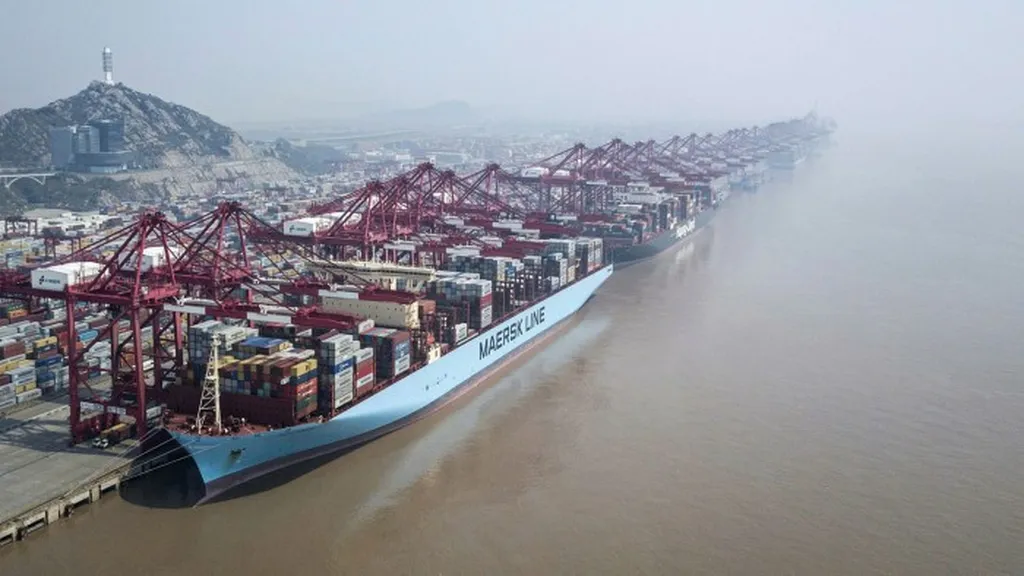In the pursuit of a low-carbon future, researchers are exploring innovative ways to optimize energy systems and reduce carbon emissions. A recent study published in the journal *Advanced Energy and Environment* (originally titled “Diance yu yibiao” in Chinese) presents a novel approach to integrated energy system (IES) scheduling that could have significant implications for the energy sector.
The research, led by CHAI Ruihuan from the School of Electric Power Engineering at Shanghai University of Electric Power, focuses on improving the energy utilization efficiency of IES while minimizing carbon dioxide emissions. The study introduces an optimal scheduling model that incorporates a reward-penalty ladder carbon trading mechanism, aiming to operate the system within a low-carbon economy framework.
One of the key innovations in this research is the modeling of a carbon capture system that operates flexibly to absorb excess wind power and reduce emissions. “By leveraging the energy time-shift characteristics of the carbon capture system, we can effectively manage excess wind power and contribute to a more sustainable energy mix,” explains CHAI.
The study also establishes a two-stage power-to-gas model, which further absorbs wind power and provides natural gas and hydrogen supply loads. This dual approach not only enhances the system’s ability to handle renewable energy but also supports the development of a more resilient and flexible energy infrastructure.
To measure the carbon emissions of the system, the researchers employed a life cycle assessment method. Combining this with the reward and punishment ladder carbon trading mechanism, they developed a low-carbon economic dispatch model. The objective was to achieve the lowest comprehensive operating cost while significantly reducing carbon emissions and abandoned wind power.
The simulation results were promising, demonstrating that the proposed model could effectively lower carbon emissions, reduce abandoned wind power, and decrease comprehensive operating costs. These findings highlight the potential of the model to shape future developments in the energy sector, particularly in the context of the “double carbon” target, which aims to peak carbon emissions by 2030 and achieve carbon neutrality by 2060.
The commercial impacts of this research are substantial. By optimizing the scheduling of integrated energy systems, energy providers can enhance their operational efficiency, reduce costs, and contribute to a more sustainable energy future. The integration of carbon capture and power-to-gas technologies not only supports the transition to renewable energy but also opens up new avenues for innovation and investment in the energy sector.
As the world grapples with the challenges of climate change and the need for sustainable energy solutions, research like this offers a glimpse into the future of energy systems. The findings of CHAI Ruihuan and their team provide a valuable contribution to the ongoing efforts to create a low-carbon economy and pave the way for a more sustainable energy landscape.

